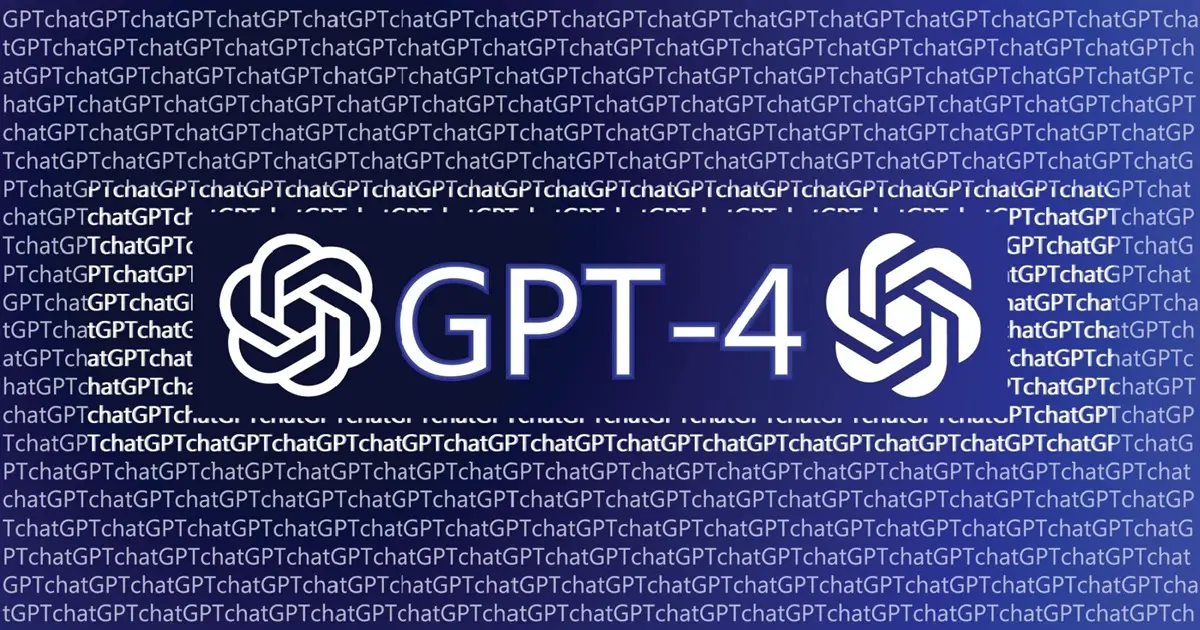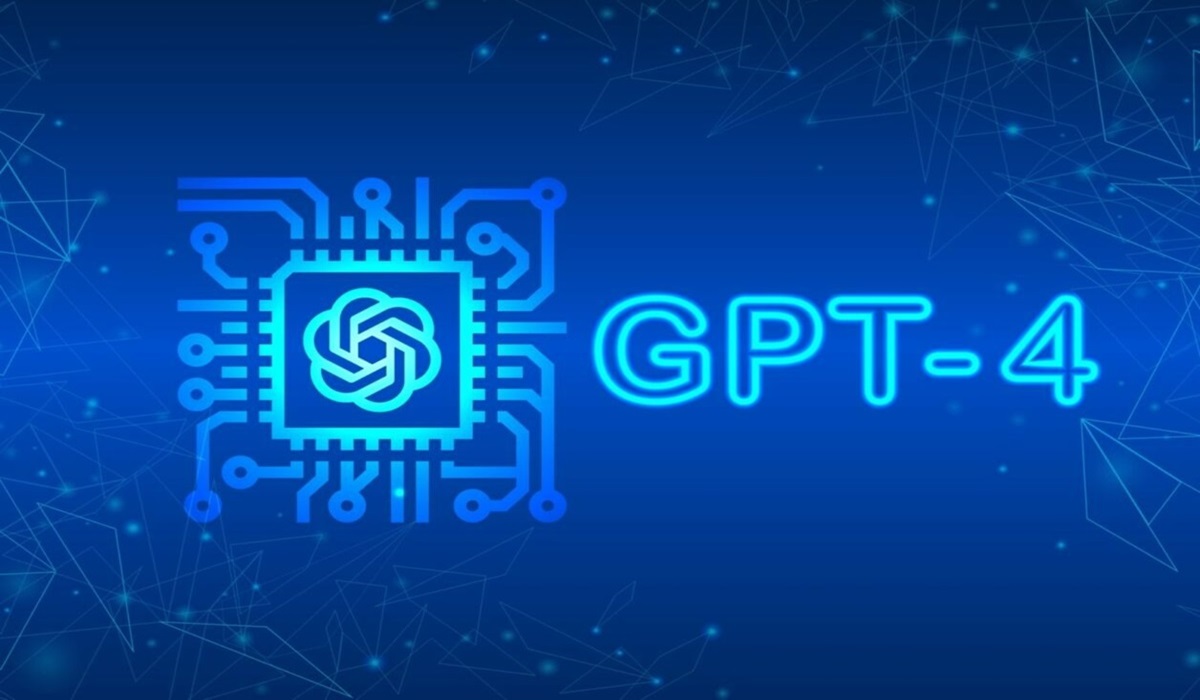Artificial Intelligence (AI) has made significant strides in recent years, and one of the most noteworthy advancements is OpenAI’s Generative Pre-trained Transformer 4 (GPT-4). This article will focus on the original OpenAI GPT-4.0 API, an interface that allows developers to harness the abilities of this remarkable language model.
What is the Original API for OpenAI GPT-4.0?

The “Original OpenAI GPT-4.0 API” is an Application Programming Interface (API) that provides access to OpenAI’s GPT-4 language model. Put simply, an API is a set of rules and protocols that allow applications and platforms to interact with each other. In this case, OpenAI’s API enables developers to integrate the Natural Language Processing (NLP) capabilities of GPT-4 into their own applications and services.
GPT-4 is a multimodal language model, meaning it can process both text and images as inputs. This represents a significant leap from previous language models, which could only process text. Indeed, GPT-4 can generate highly coherent and creative text responses from these inputs, making it an incredibly useful tool for a variety of applications, from chatbots to virtual assistants and beyond.
Although OpenAI hasn’t disclosed all the technical details about GPT-4, it is rumored that the model comprises 1.76 trillion parameters. These parameters are essentially the “pieces” the model uses to understand and generate text. The more parameters a model has, the better it is at processing and understanding complex information.
Improvements and Abilities of GPT-4

One of the notable improvements of GPT-4 over its predecessor, GPT-3.5, is its ability to interact with external interfaces. This means that GPT-4 can perform tasks that go beyond simple text prediction, such as using APIs, generating images, and accessing and summarizing web pages. This ability to interact with other services and platforms makes GPT-4 much more versatile and effective in a variety of situations.
Additionally, OpenAI introduced the “system message” with the release of GPT-4. This is a natural language command that developers can use to specify the model’s tone of voice and task. For example, a developer could use a system message to instruct GPT-4 to respond to user queries in a formal tone or to generate a summary of a news article.
Applications of GPT-4
Thanks to its ability to process images and text and interact with external interfaces, GPT-4 has a wide range of applications. For instance, it can be used in chatbots to provide more accurate and useful responses to user queries. It can also be used in virtual assistants to perform more complex tasks, such as searching for information on the web or generating content summaries.
Furthermore, GPT-4 can be helpful in the field of programming. It can assist developers in coding tasks and suggest optimizations, which can save significant time and effort.
Conclusion
The release of the Original OpenAI GPT-4.0 API marks an important milestone in the evolution of AI. With its enhanced capabilities and ability to interact with external interfaces, GPT-4 is redefining what’s possible in the field of AI. Whether used in chatbots, virtual assistants, programming, or any other application, GPT-4 is poised to drive the next wave of innovation in AI.